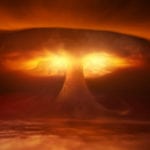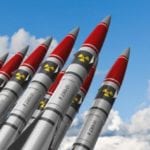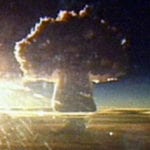 Technology
Technology  Technology
Technology  Humans
Humans 10 Everyday Human Behaviors That Are Actually Survival Instincts
 Animals
Animals 10 Animals That Humiliated and Harmed Historical Leaders
 History
History 10 Most Influential Protests in Modern History
 Creepy
Creepy 10 More Representations of Death from Myth, Legend, and Folktale
 Technology
Technology 10 Scientific Breakthroughs of 2025 That’ll Change Everything
 Our World
Our World 10 Ways Icelandic Culture Makes Other Countries Look Boring
 Misconceptions
Misconceptions 10 Common Misconceptions About the Victorian Era
 Mysteries
Mysteries 10 Strange Unexplained Mysteries of 2025
 Miscellaneous
Miscellaneous 10 of History’s Most Bell-Ringing Finishing Moves
 Technology
Technology Top 10 Everyday Tech Buzzwords That Hide a Darker Past
 Humans
Humans 10 Everyday Human Behaviors That Are Actually Survival Instincts
 Animals
Animals 10 Animals That Humiliated and Harmed Historical Leaders
Who's Behind Listverse?

Jamie Frater
Head Editor
Jamie founded Listverse due to an insatiable desire to share fascinating, obscure, and bizarre facts. He has been a guest speaker on numerous national radio and television stations and is a five time published author.
More About Us History
History 10 Most Influential Protests in Modern History
 Creepy
Creepy 10 More Representations of Death from Myth, Legend, and Folktale
 Technology
Technology 10 Scientific Breakthroughs of 2025 That’ll Change Everything
 Our World
Our World 10 Ways Icelandic Culture Makes Other Countries Look Boring
 Misconceptions
Misconceptions 10 Common Misconceptions About the Victorian Era
 Mysteries
Mysteries 10 Strange Unexplained Mysteries of 2025
 Miscellaneous
Miscellaneous 10 of History’s Most Bell-Ringing Finishing Moves
10 Sobering Facts About The US Nuclear Arsenal
Many think of the looming threat of nuclear conflict as largely a thing of the past, a product of the Cold War. After all, US President Barack Obama made nuclear disarmament a key component of his 2008 election campaign, and it is true that the US nuclear arsenal has shrunk dramatically since the 1980s.
But the remaining weapons still possess the ability to destroy our planet many times over. As the world’s nuclear powers continue to butt heads, it’s time to examine some lesser-known aspects of the US arsenal.
10 It’s Only The Second-Largest Arsenal
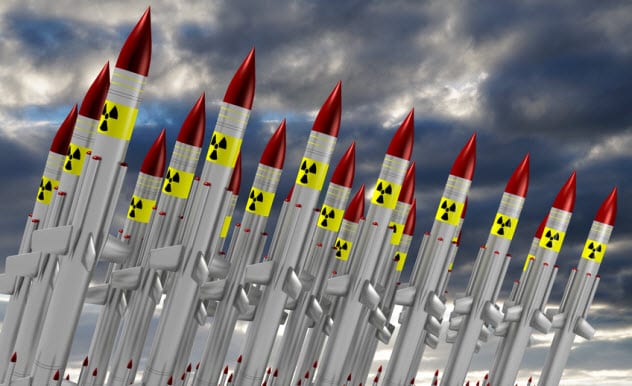
In effect since 1970, the Nuclear Non-Proliferation Treaty states that countries possessing nuclear weapons should move toward disarmament and those without nuclear weapons should not seek to acquire them.
The treaty names five countries as “nuclear weapon states“: the United States, United Kingdom, France, China, and Russia. Many assume that the US has the largest arsenal, but it never has. That dubious honor goes to Russia, the former Soviet Union.
At its peak in the mid-1980s, the USSR had 45,000 warheads. Today, Russia’s inventory is only a fraction of this at 8,500, compared to about 7,700 held by the US. However, the US edges out Russia in the number of deployed warheads—those ready to be launched at a moment’s notice—with about 2,000 to Russia’s 1,800.
9 The Many Types Of Weapons
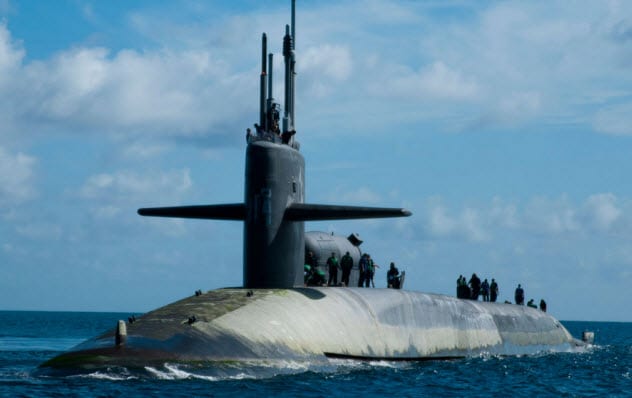
Many of these deployed warheads could be delivered by Minuteman III Intercontinental Ballistic Missiles, 400 of which stand ready at 11 different launch silos scattered across the US. These missiles could target virtually any country on the globe, but they are not the only option for a US nuclear strike.
The United States maintains a fleet of nearly 100 nuclear-capable bombers, many of the stealth variety and all capable of delivering devastating payloads. But perhaps the most terrifying delivery device is the Ohio-class submarine.
Designed for long deployments deep underwater, this nuclear-powered sub contains 24 missile chutes, each of which can launch a Trident missile containing multiple independently targeted warheads. Just one of these subs contains enough firepower to kill millions. The US has 14 of them.
8 It’s Not Included In The Defense Budget
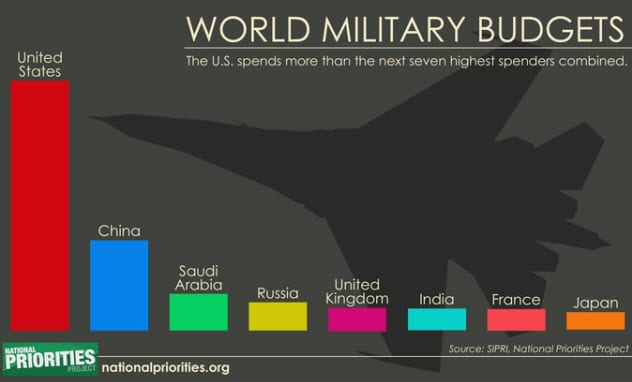
Not all military spending is handled by the Department of Defense, which makes sense in certain areas. For example, health care costs and other veterans’ services are often counted separately or fall under the budgets of other departments.
Secret operations or “black ops” are left out of the military budget altogether. Meanwhile, the military’s most potent weapons and the entire nuclear program fall under the jurisdiction of the Department of Energy (DOE).
Although their functions could not be more dissimilar, nuclear power plants and nuclear weapons both fall completely under the purview of the DOE. This is incredibly significant when considering that the US military budget, which tops all other countries in the world, isn’t required to report the additional billions spent each year on maintenance of its nuclear arsenal.
7 Its Maintenance Is Privatized
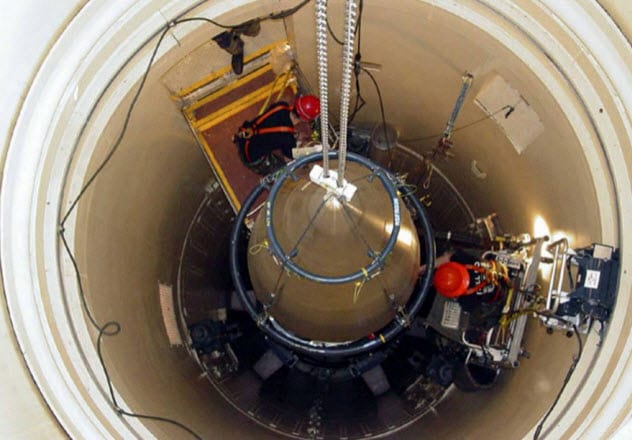
The amount to be spent on maintenance of the US nuclear arsenal is currently estimated at about $1 trillion over the next 30 years. This includes funds for “modernization” of the arsenal—upgrading features like the targeting radius of some missiles.
Although such upgrades may provide little benefit in terms of actual security or deterrence, many private, nongovernment entities will reap a decades-long windfall from their implementation. These firms contract with the Department of Energy, and even the smallest contracts run into millions of dollars.
For example, smaller power generation company Babcock & Wilcox was paid over $76 million in 2014 for work on upgrading the nuclear submarine fleet. Larger firms like General Dynamics secure multibillion dollar contracts for development and design work. In 2015 alone, these firms spent $67 million to lobby Congress for increased weapons spending.
6 Much Of It Is Stored In Other Countries
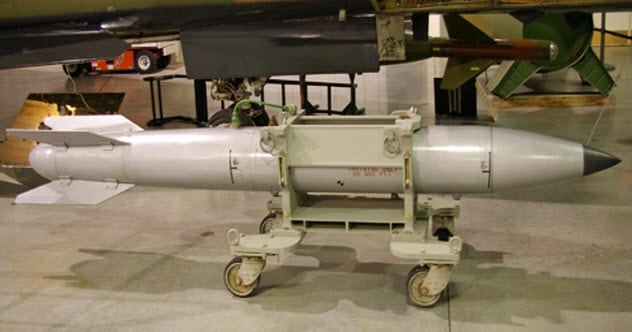
Even though the 2016 military coup attempt in Turkey failed, it raised serious questions about the effect on the US of a forced transfer of power. After all, Turkey is home to Incirlik Air Base, a US installation from which airstrikes have been launched against the Islamic State. About 50 US nuclear weapons are held in storage there under a NATO agreement from the 1960s.
Under the deal, the United States “shares” nuclear weapons with a number of NATO partners who store them while others maintain aircraft capable of delivering the weapons. US-owned nukes are also stored in Germany, the Netherlands, Italy, and Belgium.
The US is responsible for their maintenance and security. Critics of the program in Turkey have long pointed to the region’s instability when calling for the program’s termination. The coup attempt illustrated their reasoning nicely: The commander of Incirlik Air Base was actually detained during the event.
5 We’ve Reversed Course On Disarmament

President Obama campaigned on the idea of a “nuclear-free world,” and his initial proposals for spending on maintenance reflected this. The somewhat paradoxical idea was that refurbishment of the nuclear arsenal would lead to increased confidence in it, which would lead to more disarmament treaties and fewer missiles. In the geopolitical climate of the last decade or so, this has not panned out.
In fact, Obama’s top nuclear adviser from his first term points specifically to Russia’s invasion of Ukraine as the moment that made a policy based on true unilateral disarmament unfeasible. Other supporters of arms reduction concede that the process of modernization has not produced warhead reduction.
4 Many Bombs Have Been Lost And Never Recovered
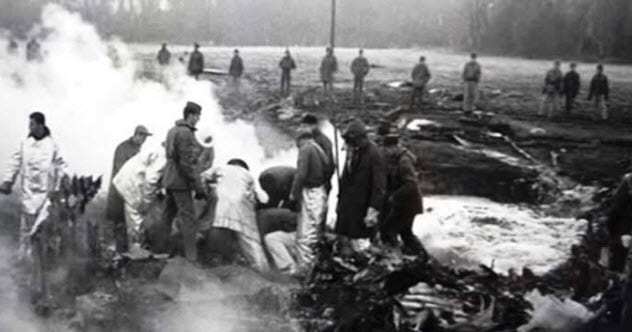
Since the beginning of the Cold War, several nuclear weapons, their vital components, or both have been lost permanently. Even more disturbing, nobody can seem to agree on just how many have been lost, perhaps due to the highly sensitive nature of such incidents.
Most sources put the number at somewhere between 6 and 11. There have been dozens more such “broken arrow” incidents which resulted in the recovery of the weapons.
Among the more alarming occurrences: the mysterious sinking of the USS Scorpion nuclear submarine in 1968 with two unspecified nuclear warheads, the 1956 disappearance of a B-47 bomber carrying two nuclear cores, and the 1961 crash of a B-52 bomber in a North Carolina swamp, resulting in the loss of a uranium core.
3 Nuclear Strikes Have Almost Been Ordered
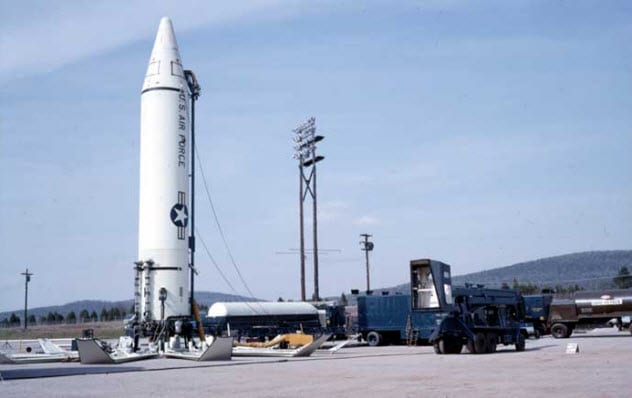
Between 1945 and 1949, the US drew up nine detailed plans for a “first strike” nuclear attack against the Soviet Union even though the US nuclear arsenal was severely limited at that time. The 1949 Operation Dropshot plan might have begun on January 1, 1957, if the Soviet Union had not tested its own nuclear weapon later in 1949.
Other “first strike” options were almost implemented, too. A year before the Cuban Missile Crisis, Soviet premier Nikita Khrushchev threatened to take control of West Berlin. In response, Pentagon officials devised a highly detailed plan to use nuclear bombers to eradicate the Soviet nuclear arsenal, the Kremlin, and other strategic targets.
This “Berlin Crisis” led directly to the situation in Cuba. After Kennedy all but threatened a nuclear strike against the USSR in a public speech, Khrushchev resolved to place missiles in Cuba to gain military leverage.
2 The ‘Nuclear Football’

After the Cuban Missile Crisis, a memo from President Kennedy underlined his resulting concerns: “What would I say to the Joint War Room to launch an immediate nuclear strike?” and “How would the person who received my instructions verify them?” Apparently, nobody had thought to ask those questions earlier.
This led to the invention of the president’s emergency satchel, colloquially known as the “football.” It contains nuclear codes, a way to verify the president’s identity, a hotline to the National Military Command Center in the Pentagon, and a simplified table of options for various types of nuclear deployments.
Along with the laminated code card (the “biscuit”), the “football” has been constantly by the side of almost every president since Kennedy. The one notable exception was Bill Clinton. He misplaced the “biscuit” for several months in 2000.
1 The President Has Near-Unilateral Authority
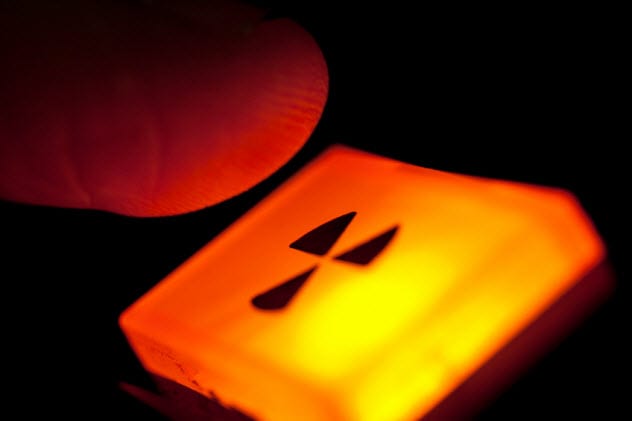
There are practically no protocols in place to prevent a sitting US president from unilaterally ordering a nuclear strike.
The idea is that America’s nuclear arsenal must be equipped for fast deployment to properly deter an attack. The president must therefore have the ability to launch a strike quickly. Although the secretary of defense must confirm the order, he is legally obligated to do so. He does not have veto power.
If this sounds crazy, consider the words of then-Vice President Dick Cheney in 2008:
[The president] could launch a kind of devastating attack the world’s never seen. He doesn’t have to check with anybody. He doesn’t have to call the Congress. He doesn’t have to check with the courts. He has that authority because of the nature of the world we live in.
+ Further Reading
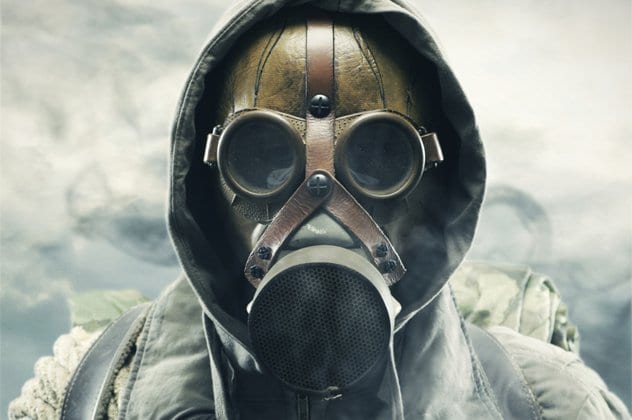
If you are still reading that means the world hasn’t ended in a nuclear attack! So here are some more lists from the archives to keep you entertained until doomsday!
10 Unsolved Nuclear Mysteries
10 Scary Events In The History Of Nuclear Power
8 Potentially World Ending Nuclear Scares
10 Dangerous Misconceptions About Nuclear Technology
